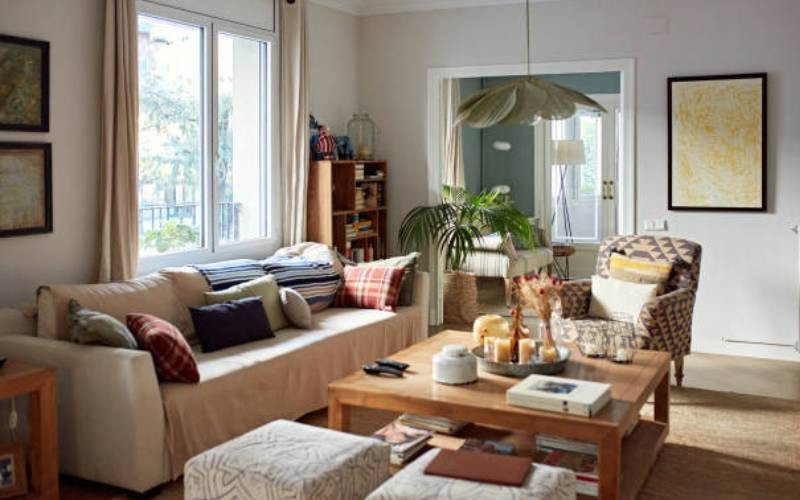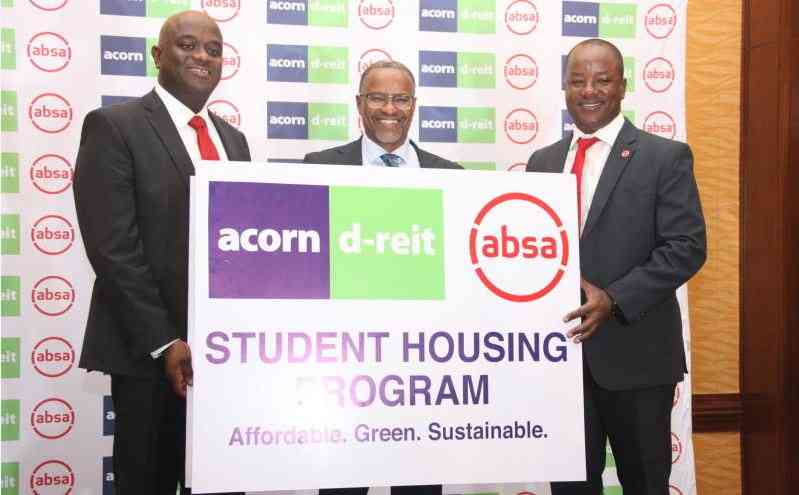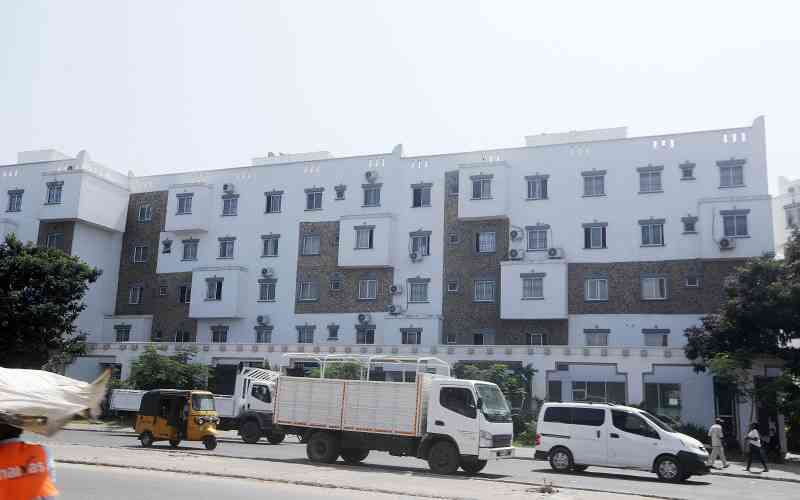
Only one in five tenants is willing to purchase the units they are currently living in, pointing to a possible mismatch between housing supply and what prospective home owners would want.
Analysis of data from the Kenya National Bureau of Statistics (KNBS) Housing Survey Basic Report 2023/2024 details these complexities around meeting the demands of prospective home owners.
The report notes that a majority of tenants would rather build their units - a bungalow or maisonnette – rather than purchase the unit they are renting at the moment.
However, a majority of them also have no plan in place towards this goal, with a few pockets saying they have bought land or are saving towards buying their desired homes.
Additionally, there is a portion of tenants who are renting even though they own their own units. The major reason behind this is that their homes are too far from their workplaces, represented by 52.2 per cent of the respondents.
The other reasons are ‘dwelling in rural area’ (41.3 per cent), coming second and ‘too far from school, social amenities’ (3.6 per cent).
As such, it should be expected that when looking for a house to rent, closeness to places of work should be the major dictator.
However, when tenants are looking for units, proximity to work comes second (17.8 per cent) after affordable rent (52.0 per cent) bringing out the complexity of how much individuals are willing to pay versus what they really need.
Proximity to basic amenities comes third (8.9 per cent). What stands out, however, in this data set is that having a nice house as a landlord would not guarantee you clients as this factor comes a distant fifth mentioned by 6.5 per cent of the respondents.
“Factors influencing tenants’ choice of neighborhood provide valuable insights to urban planners, real estate developers, and policymakers. These insights enable them to formulate policies and develop projects that align with the needs and preferences of the population,” the KNBS report reads in part.
“As shown, more than half (52 per cent) of the tenants cited affordability of rent as the main factor influencing their choice of the neighborhood. The second most cited factor, reported by 17.8 per cent of households, was proximity to work.”
How far individuals live from their places of work has featured in the government’s affordable housing programme.
This is due to the catch-22 situation of building units in the outskirts of the urban centres where land is cheaper yet a majority of individuals work in the city.
Houses located far away mean more money is spent on transport. Whilst units in the city offer proximity to work, their rental and sale prices are higher due to the cost of land.
Stay informed. Subscribe to our newsletter
“I have been presented with some suggestions like ‘you go build houses in Kajiado or Mlolongo’. That is fine, but where are the jobs? Aren’t they in an industrial area? So, someone should leave Kajiado and work in the Industrial Area with the low income? All that pay will go to transport,” noted Principal Secretary in the State Department for Housing and Urban Planning Charles Hinga.
He was speaking during the last affordable housing conference organised by the Kenya Mortgage Refinance Company (KMRC). The survey assessed tenants’ willingness to purchase their current dwelling and found that only 23.1 per cent are willing. “Assessing tenants’ willingness to purchase the dwelling units they reside in is critical in understanding their home ownership aspirations,” says the KNBS report.
Some 55.5 per cent of the respondents want to build their homes while 12.5 per cent prefer buying. Bungalow is the most preferred type of housing for those who want to buy or build represented by 63.1 per cent, followed by maisonnettes (23.0 per cent) and flat or apartment (9.5 per cent).
“The three-bedroom house (38.9 per cent), two-bedroom house (24.6 per cent), and four-bedroom house (19.4 per cent) were the most preferred, while 4.1 per cent preferred a house that has six or more bedrooms,” the report says. While tenants’ dream houses are bungalows, this population prefers a flat or apartment when seeking a house to rent, represented by 56.3 per cent of respondents. Bungalows come second with a preference of 20.8 per cent and own compound units at 11.5 per cent.
A two-bedroom house is the most preferred for tenants, followed by a one-bedroom and a three-bedroom.
Nairobi City is the most preferred county for those seeking to own homes. “62.6 per cent of tenants who wanted to own homes had not made plans towards home ownership. However, 11.2 per cent were saving to construct a house, while 10.7 per cent were saving to buy land,” the report says. “Nairobi City was the most preferred county at 17.1 per cent, followed by Kiambu and Nakuru at 8.6 per cent and 6.6 per cent, respectively.”
Considering that land contributes 40 to 60 per cent of housing costs, according to PS Hinga, one of the reasons that a majority would prefer to put up their own units is the availability of ancestral land.
The report shows that where the inherited land is located is the major influence of where homeowners want to build their homes. This is represented by 49.3 per cent of the respondents.
Proximity to basic amenities, when this question was asked, ranked lower at 2.4 per cent. “Analysis shows that 49.3 per cent of homeowners chose their home’s location primarily because they inherited the land, while 21.6 per cent opted for their location due to affordable land prices,” the report says.
There is a portion of homeowners who have an additional unit elsewhere.
 The Standard Group Plc is a
multi-media organization with investments in media platforms spanning newspaper
print operations, television, radio broadcasting, digital and online services. The
Standard Group is recognized as a leading multi-media house in Kenya with a key
influence in matters of national and international interest.
The Standard Group Plc is a
multi-media organization with investments in media platforms spanning newspaper
print operations, television, radio broadcasting, digital and online services. The
Standard Group is recognized as a leading multi-media house in Kenya with a key
influence in matters of national and international interest.
 The Standard Group Plc is a
multi-media organization with investments in media platforms spanning newspaper
print operations, television, radio broadcasting, digital and online services. The
Standard Group is recognized as a leading multi-media house in Kenya with a key
influence in matters of national and international interest.
The Standard Group Plc is a
multi-media organization with investments in media platforms spanning newspaper
print operations, television, radio broadcasting, digital and online services. The
Standard Group is recognized as a leading multi-media house in Kenya with a key
influence in matters of national and international interest.















